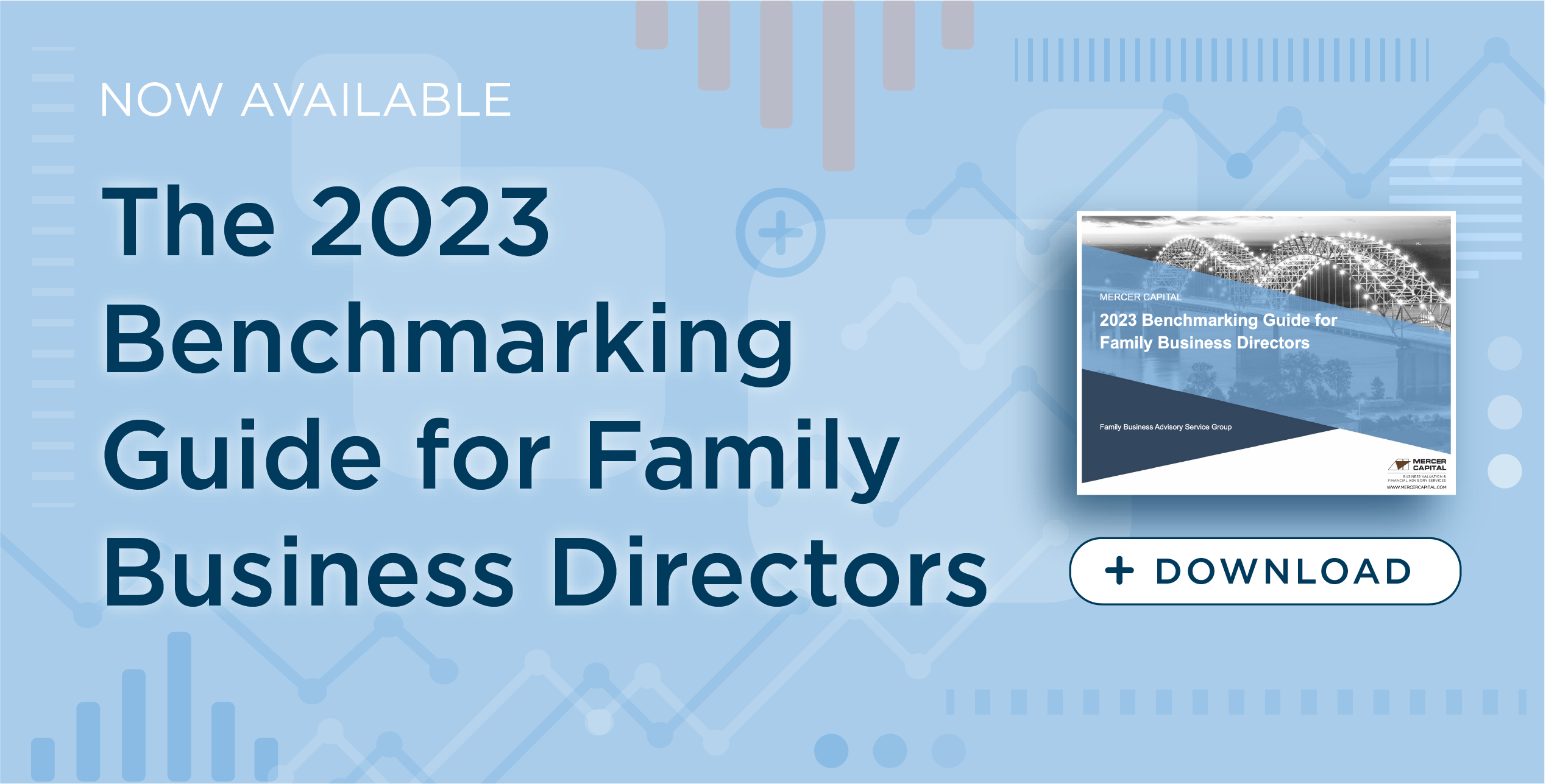The Family Business Director To-Do List
Share Redemption / Liquidity Programs
Family business leaders are well-acquainted with the tyranny of the urgent. In this series of posts, we offer to-do lists for family business directors. Each list relates to a particular family business topic. The items offered for consideration won’t necessarily help your family business survive the next week, but instead, reflect priorities for the long-term sustainability of your family business.
In last week’s post, we explored how family businesses can use periodic share redemptions or ongoing liquidity programs to promote shareholder engagement and satisfaction. This week’s to-do list includes important tasks for family business directors to complete whether planning for a one-time share redemption or establishing a family shareholder liquidity program.
Identify existing shareholder clienteles and determine the needs, objectives, and preferences of each.
Identifying shareholder clienteles requires more than just refreshing the family tree. Kinship ties may be a factor in defining shareholder clienteles, but may be secondary to other attributes that influence risk tolerances and liquidity preferences. Ferreting out how shareholder clienteles are really defined may require administering a confidential shareholder survey.
Assess the company’s financial capacity to support an ongoing shareholder liquidity program.
An ongoing shareholder liquidity program is a use of capital that ultimately competes with other potential investment alternatives. How does the expected return on share redemptions compare to returns expected on alternative capital investments? What portion of projected operating cash flow are directors willing to allocate to a shareholder liquidity program? Are there any covenants in the company’s credit facility that limit amounts used to fund share repurchases? Does the company have unused borrowing capacity that can be used to support a more substantial one-time share redemption?
Determine whether the company or other shareholders will be buyers.
If the family business does not have the financial capacity to support an ongoing shareholder liquidity program, one or more of the family shareholders may have the interest and financial capacity to purchase additional shares. Opening up the redemption program to shareholders as potential buyers allows the company to preserve capital for potentially more attractive investment opportunities and may allow the different shareholder clienteles to more closely achieve their liquidity and return preferences.
Define the frequency, size/availability, and terms of a shareholder liquidity program that best meet the objectives of the shareholders and needs of the business.
For an ongoing shareholder liquidity program, there are several key terms that family business directors need to weigh carefully before implementation. First, is liquidity available to selling shareholders at any time, or will redemptions be restricted to periodic windows? Second, will the opportunity to sell shares under the plan be subject to any volume limitations (whether in aggregate or per shareholder, expressed as a dollar amount, share count, or percentage of shares outstanding)? Finally, what form will the liquidity take? Will selling shareholders receive cash, a note, or some combination of the two? If a note, what will the terms be?
Define the level of value to be used for shareholder liquidity program purchases.
The term “value” is susceptible to multiple interpretations. When structuring a shareholder liquidity program, it is essential that you have a clear understanding of what the different “levels” of value are for your family business, and which one of those levels you will use to repurchase shares from family members. Different levels will be appropriate for different family businesses, so family business directors need to choose carefully with an eye toward which level will be most likely to promote the objectives of the shareholder liquidity program.
Obtain a qualified independent business valuation at the selected level of value.
Once you have specified the relevant level of value, the next step is to select and retain a qualified independent business valuation professional (we have plenty to choose from here) to perform a valuation. You should select an appraiser that has experience valuing family businesses for this purpose, has a good reputation, understands the dynamics of your industry, and has appropriate credentials from a reputable professional organization, such as the American Institute of Certified Public Accountants (AICPA) or the American Society of Appraisers (ASA).
The initial valuation is important to establish expectations. The valuation report should demonstrate a thorough understanding of your business and its position within your industry, and contain clear description of the valuation methods relied upon (and why), valuation assumptions made (with appropriate support), and market data used for support. You should be able to recognize your family business as the one being valued, and when finished reading the report you should know both what the valuation conclusion is, and why it is reasonable. Unless there have been significant changes to the business that warrant a change to the overall valuation framework, subsequent valuations should rely on the same valuation methods, with changes to the assumptions and conclusions reflecting new circumstances at the company, within the industry, or among relevant market data. Subsequent valuations should not be mere copies of the original valuation, but should demonstrate a consistency of approach and perspective. Having a consistent valuation process from period to period enhances the credibility of the liquidity program with your family shareholders.
Design education and communication tools to ensure that shareholders are well-informed regarding the liquidity program.
Finally, when it comes time to implement the liquidity plan, it is essential that your family shareholders understand what their options are under the plan, the level of value being used to establish price, and the consideration they will receive for their shares. A shareholder liquidity program is ultimately a tool for promoting positive shareholder engagement. By implementing the plan, you are moving your family shareholders from being passive recipients of occasional dividends to more active owners. If you are going to grant family shareholders the right to sell a portion of their shares, you must also empower them to do so on an informed basis. When a shareholder liquidity program is in place, family business directors must give renewed attention to shareholder communication and reporting.
The professionals in our family business advisory services practice have decades of experience helping family businesses execute major share redemptions, provide independent valuation opinions, and design and implement shareholder liquidity programs. Call us today to help you get started on knocking out your to-do list.
 Family Business Director
Family Business Director 











